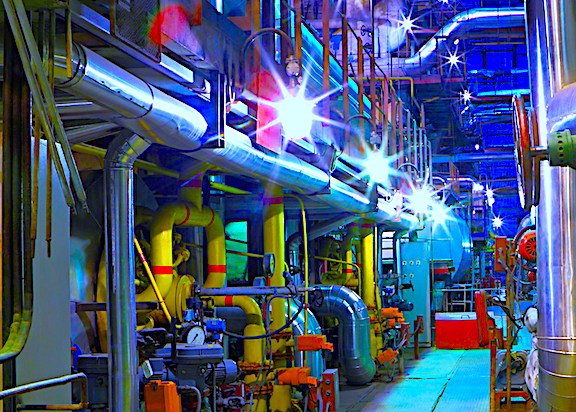It’s hard to dispute the level of adversity experienced by people and businesses during the extraordinary COVID-19 “lockdown” period. The good news, at least in the RAM arena, is that adversity also breeds opportunity. Thus, many maintenance departments probably have been able to catch up on PMs and backlog work that didn’t require hard-to-purchase parts. So now what?
There’s still plenty of other catching up maintenance departments can do that will allow them to begin regular operations with a clean slate. “Clean” is a relative term, and yes, performing a plant and equipment cleanup, painting new lines on the shop floor, and other things of that nature are logical next steps. However, I am referring to a golden opportunity to clean up one of the most neglected areas of mainteance: the paperwork.
Under the ISO55001 Asset Management Standard, documents and records are classified as assets that require their own maintenance program. I’ve been in many facilities that have hundreds of boxes of old work orders, purchasing and training records, and drawings from legacy maintenance systems that could prove impossible to go through if searching for a single record. This material frequently takes up valuable real estate in a maintenance department or costly, rented, offsite document-management vaults.
But space-consuming documents and records are not only paper-based. Your organization may have a similar situation in which electronic records have been stored in file folders with little or no reference identification. These can be legacy work orders, job-photo files, sketches, drawings, and the like. Whatever their format, though, be they paper or electronic, I call old documents and records “forgotten assets.”
Despite the devastation in human and economic terms, adversity spawned by the coronavirus pandemic has, in effect, given plants and facilities a chance to seriously plow through their forgotten assets: sorting and classifying those that are relevant, and discarding those that aren’t.
This type of forgotten-asset cleanup begins with reading and understanding the organization’s corporate “Classification And Record Retention Schedule,” commonly referred to as the “CARRS” document, that sets out the guidelines for which documents and records the business is mandated to classify and keep; documents the business wants to keep; and how long such documents and records must be kept. The CARRS dcoument can usually be obtained through the corporate administration department.
Under the direction of the planning department, the next step is to mobilize the maintenance department to sort and categorize all retained records against physical assets. Paper records can be scanned and entered directly into the physical-asset history file.
If maintenance personnel aren’t available to perform this forgotten-asset work, consider hiring students that have fallen through the cracks in these trying times and are deperate for short-term work. Many of today’s students are alredy quite familiar with database-classification systems. Some even have the skills to update red-line-sketched-to “as built” drawings (something that maintenance departments are always seeking) .
Finally, as your organization works to clean up its forgotten-asset issues, don’t forget that all cleaned machinery and other equipment assets should be re-photographed to set a baseline of how your operations should look going forward.TRR
ABOUT THE AUTHOR
Ken Bannister has 40+ years of experience in the RAM industry. For the past 30, he’s been a Managing Partner and Principal Asset Management Consultant with Engtech industries Inc., where he has specialized in helping clients implement best-practice asset-management programs worldwide. A founding member and past director of the Plant Engineering and Maintenance Association of Canada, he is the author of several books, including three on lubrication, one on predictive maintenance, and one on energy reduction strategies, and is currently writing one on planning and scheduling. Contact him directly at 519-469-9173 or kbannister@theramreview.com.
Tags: reliability, availability, maintenance, RAM, information management, ISO55001



